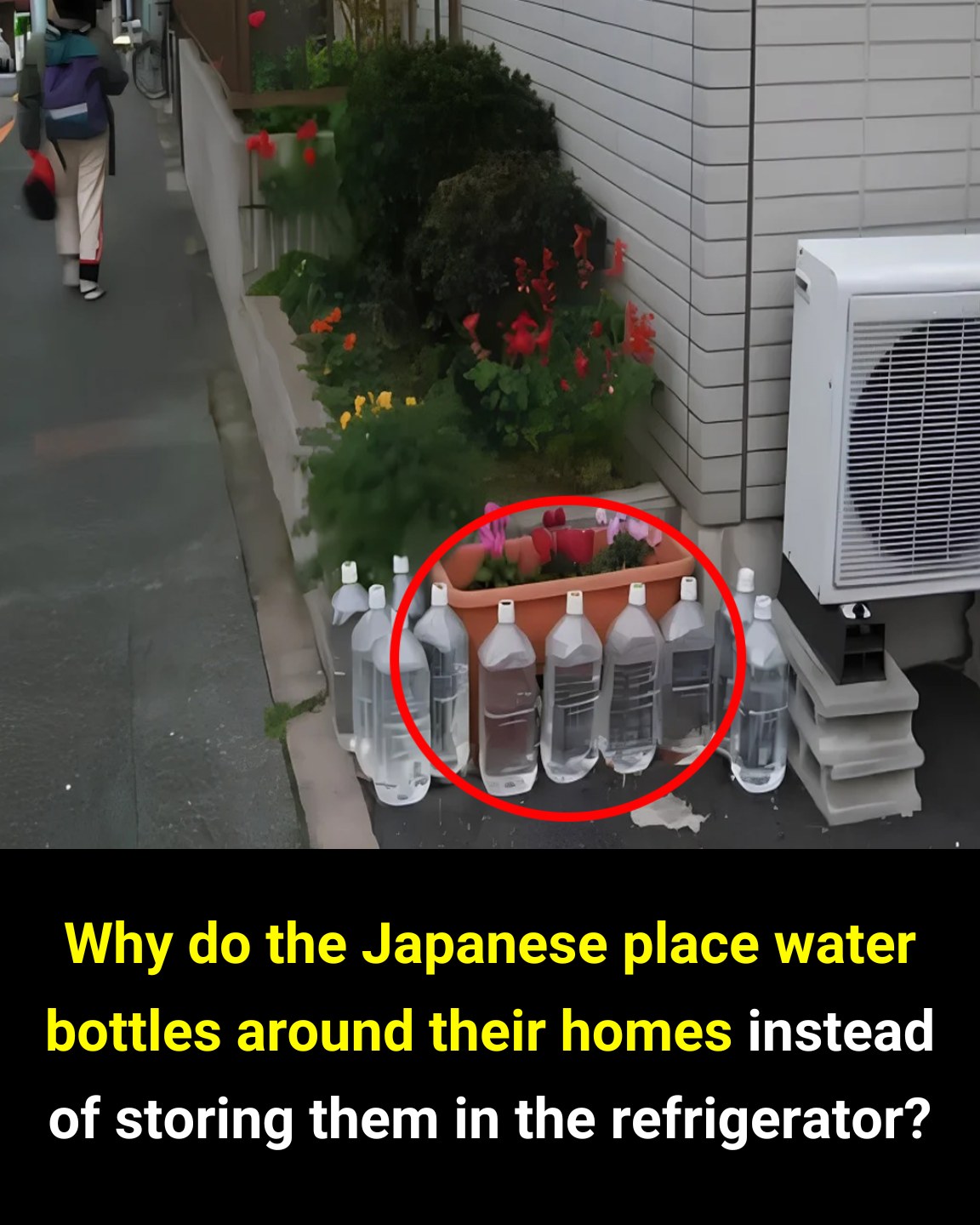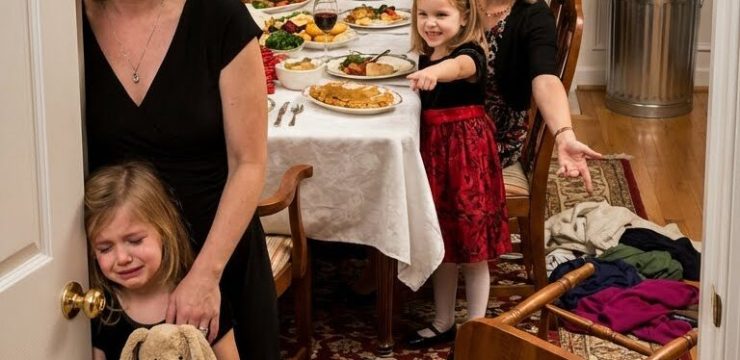If you’ve ever wandered through a quiet neighborhood in Japan or watched a video of a Japanese street, you might have noticed something that seems odd at first glance—clear plastic water bottles carefully lined up along fences, walls, garden corners, or near flower pots. At first, you might think someone forgot to put them away or perhaps they were left over from a picnic, but that’s not the case.

These water bottles are placed there intentionally, and they’re not for drinking either. In fact, they’re part of a long-standing tradition meant to solve a very specific problem: stray cats. Known in Japan as “nekoyoke,” which translates to “cat repellent,” these water bottles are believed by many to help keep stray cats away from private properties. Japan has a well-known affection for cats—there are cat cafes, cat mascots, and even towns that are famous for their feline residents. However, despite the country’s love for them, stray cats can become a nuisance, especially when they damage gardens, use people’s yards as litter boxes, or potentially spread disease. Some cats may even scratch or bite if they feel threatened, which can be dangerous for children or the elderly.
To prevent such issues, some Japanese families have adopted this quirky yet harmless solution of placing water bottles around their homes in hopes of keeping these curious intruders at bay. While the practice might seem strange to outsiders, it’s a common sight in many Japanese cities and towns and has become part of the everyday landscape. The logic behind it blends old beliefs, modern improvisation, and a deep respect for animals—choosing a passive way to deter them rather than causing them harm. The belief is that the water bottles somehow confuse or scare cats, causing them to avoid the area.
There are a few popular theories about how this works. One theory suggests that when sunlight or streetlights hit the water inside the bottles, they create reflections or flashes that are startling to cats. Another explanation is that the cats see their own distorted reflections in the water, which unsettles them. A third theory proposes that the clear bottles disrupt a cat’s depth perception, making the area appear unfamiliar or threatening. Despite these ideas, there’s no solid scientific proof that the method actually works. Animal behaviorists and researchers have questioned the effectiveness of using water bottles to deter cats and have found little to support the idea.
@japan Anyone walking around streets in Japan will very quickly notice many plastic bottles filled with water have been placed up against houses and walls, between flower pots, lining fences and walls, tucked into corners and so on. This behaviour was imported from the West and is believed to repel street animals. Known as “nekoyoke” (meaning “cat repellant”) they are one of the distinctive features of the Japanese urban landscape. The trend exploded overseas as far back as the 1980s in Europe and America where it was primarily directed at dogs and bottles are often scattered on lawns, but as street dogs don’t really exist in Japan, here it’s focussed on keeping cats at bay. The idea is that light from the sun (or from streetlamps at night) shines through the water in the bottle and “flashes” the cat, thereby frightening it and causing it to run away. Of course, even if this were true it would be useless on cloudy days or in any shaded position. However as with most superstitions, people conveniently overlook such small details and carry on regardless. “The reason why the water bottles work is because the cats don’t like looking at their distorted reflection” 🎥 by izzanammi (dm us please for credits or removal) #japan #japantips #japaneseculture #japantrip ♬ original sound – Taste of Japan 🇯🇵
On overcast days or in dimly lit areas, the bottles wouldn’t reflect enough light to create any kind of visual disturbance. Still, many people continue to use them, partly out of tradition and partly because they feel it’s worth trying—even if the results are hit or miss. Interestingly, this habit didn’t originate in Japan. According to sources like Indiatimes, the concept dates back to the 1980s in parts of Europe and the United States, where people placed water bottles on lawns to keep dogs from urinating on the grass. When the idea made its way to Japan, it was adapted for cats instead, since stray dogs are far less common there.
Over time, the practice evolved into a cultural custom that persists even without scientific support. Whether or not it works, placing “nekoyoke” water bottles has become a symbol of Japanese ingenuity and cultural charm. It reflects a peaceful, creative approach to handling everyday problems without causing harm or conflict. In that sense, it’s less about results and more about the thought behind the action—something that defines much of Japanese society. Even if the bottles fail to scare off a determined cat, they remain a harmless and oddly endearing habit that adds character to Japan’s neighborhoods. For visitors, spotting these bottles might be a moment of curiosity or even amusement, but for locals, it’s just another example of the quiet, thoughtful way life is approached—one plastic bottle at a time.





